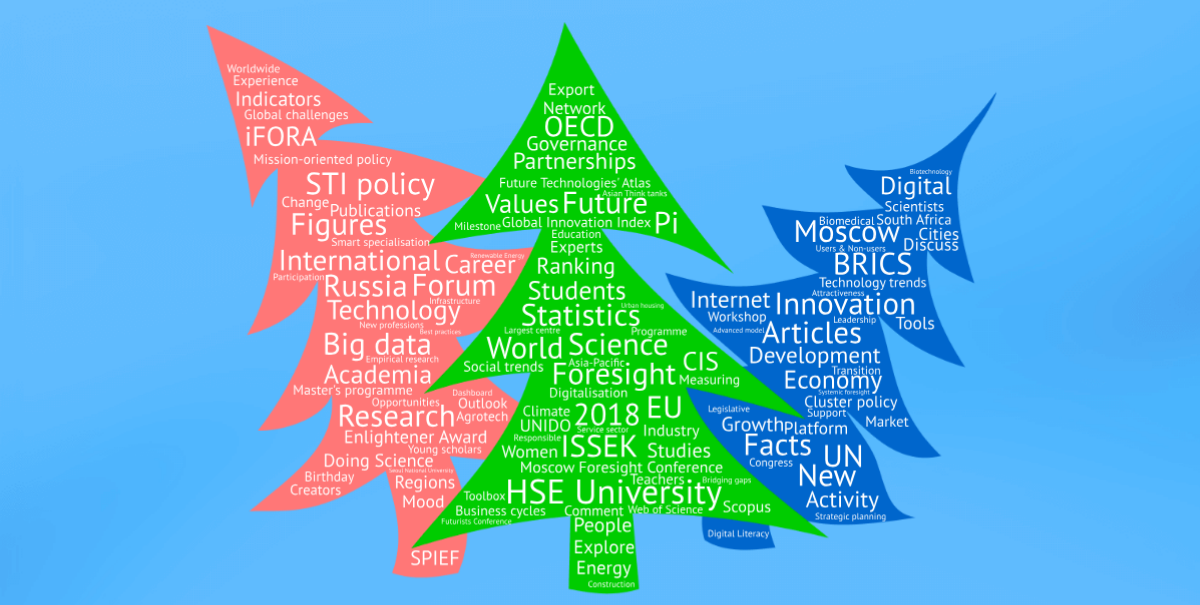Facts of the Year about STI in Russia

Each fact has a hidden facet (which you can find by clicking on the dot next to the heading or on the ‘Expand all’ button).
R&D Personnel
Russia holds 4th place in terms of the total number of R&D personnel (following China, the US, and Japan), while its corps of researchers has noticeably improved and expanded over the past ten years.
Research Equipment and Facilities
The availability of research equipment and facilities in the Russian R&D sector is improving both in quantitative and qualitative terms.
Funding
The state remains the largest source of R&D support in Russia. In most developed and emerging countries, the bulk of R&D funding comes from private companies.
Publication Activities
The number of papers by Russian researchers annually indexed in Web of Science (WoS) and Scopus databases has almost doubled over the past decade, with the country currently ranking 14th in the world (in 2007 it was 13th).
Patents and Technological Specialisation
Russia is 12th in the world in terms of the number of patent applications. Note that in the past 10 years, it has dropped two places down in the ranking (giving way to Italy and India). The country’s technological specialisation essentially remained unchanged throughout the period.
R&D Cooperation
Russian organisations’ participation in R&D networks significantly correlates with their innovative activity and is mostly limited to domestic networks.
Innovation
Innovative activity is not very prevalent in Russia. It is not sufficient to significantly step up the country’s technological development. The overall economic effect of innovation is not very clear.
Digitalisation
According to ISSEK experts’ estimates, by 2030 digitalisation could facilitate a 30% increase in GDP given favourable institutional conditions and the adequate development of ICT infrastructure.
University Research
The higher education sector is the most rapidly growing segment of the Russian R&D sphere. The number of universities engaged in research and development has doubled since 2000.
Doing Science
ISSEK researchers suggest that the business climate in the R&D sector could be analysed using approaches similar to those typically applied in conventional business climate studies such as Doing Business.
Analytical reports

Have you spotted a typo?
Highlight it, click Ctrl+Enter and send us a message. Thank you for your help!
To be used only for spelling or punctuation mistakes.